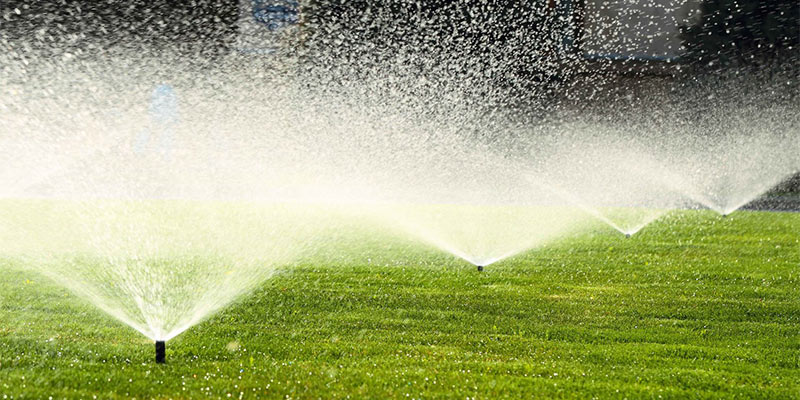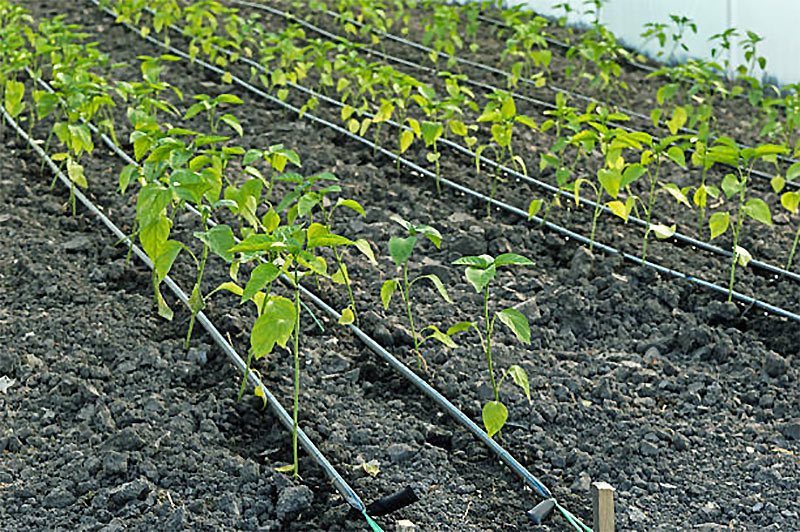
Everyone knows that plants need water to survive. However, not all plans need the same amount of water delivered through a plumbing system. What might be too much water for one plant is not enough for another. Throw in other considerations like time of the year, climate, and water conservation and all of a sudden, a seemingly easy decision becomes a lot more difficult. If you water a plant too much, it will likely get diseased where if you don’t water it enough it can develop conditions such as dry rot. This article will guide us through the top considerations we need to account for when watering and piping our garden.
Step 1. Take Inventory of Plants
Did you know that peaches require more water than corn? In order to get the healthiest garden possible, you want to look into everything in your garden and determine how much it needs watered. Some plants can thrive in consistently wet soil while others need minimal water throughout the year.
Step 2. Water Deeply
The part of the plant that sucks up water and distributes it to the rest of the plant is not in the leaves. Rather, this is in the roots and stems. Therefore, it is very ineffective to water plants and have most of it fall onto the leaves. Instead, take your watering system and apply it to the roots. Besides being a waste of water, the leaves can actually be a hotbed for disease if they are too moist.
Step 3. Check your Indicator Plants
Determine which plants tend to dry out the fastest and use this as a clue to the fact that the rest of the garden could use water. Telltale signs to look out for are wilted leaves and dry soil. When you notice this, do not flood the plants with water as too much water too quickly is harmful. If you have ever seen a tomato split, it is likely because it got saturated with water too quickly.
Step 4. Group Like Plants Together
In order to develop the most efficient garden, there should be strategy to how you group plants. Obviously factors like disease or competition for sunlight should be considered, but another factor should be the amount of water the plant needs. If you can plant in a small set and water according to those specific needs it will maximize your garden space.
Step 5. Use Mulch
In hot sunny weather, water can evaporate very quickly. One workaround for this is to use mulch. This helps to keep the water locked into the soil and minimizes the amount of water lost. It also helps to retain moisture in the soil over time. An indirect benefit of using mulch is that it reduces the number of weeds you encounter. Weeds draw water away from your plants but weeding is a time intensive process that most people do not have the capacity to do.
Step 6. Use a Drip Irrigation System
There are multiple ways to water a garden. One of the most efficient is drip irrigation. In this system, you connect the faucet to the garden with tubes that connect to smaller drip irrigation lines. These have tiny holes poked in them and slowly distribute water to the garden. They help to save water, deliver it where it is needed, and create an even watering experience.
Step 7. Identify your Zone and Climate
Naturally, external factors impact how often you need to water. Those in the Southwest need to be selective in their plants in choosing items that are relatively drought tolerant while in the South plants that can handle lots of rain may be chosen. There are various zones that provide direction as to what and when things should be planted. Finally, the seasons also matter. The long days of summer means the soil will dry out faster while in fall the shorter days give a reason to use less water.
About the Author
Leo is the owner of Northridge-based plumbing company Rooters On Time, on his free time he enjoys writing articles like this to help others with their plumbing and gardening needs.

